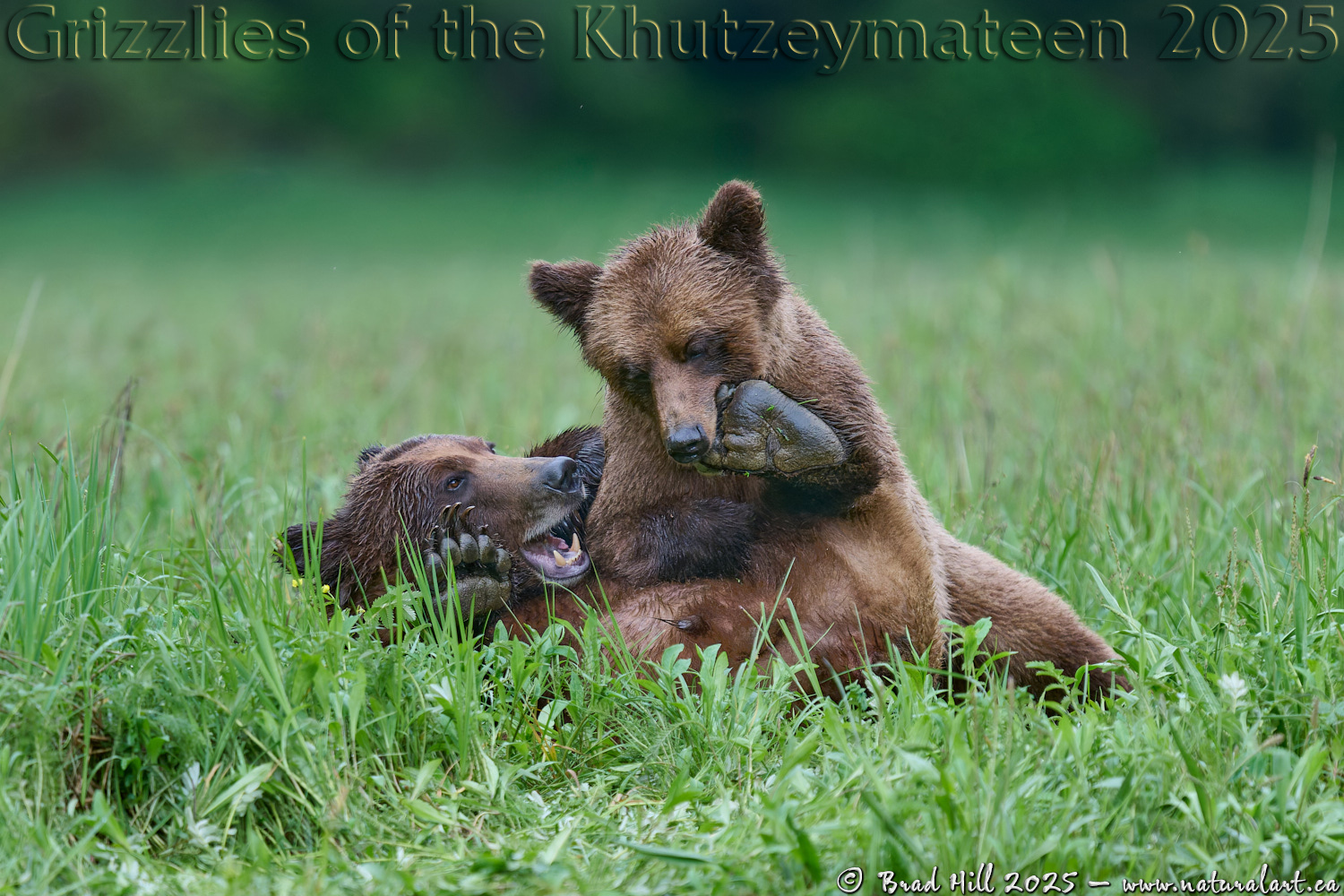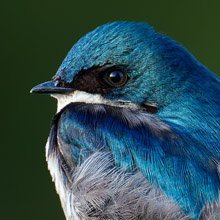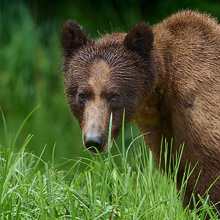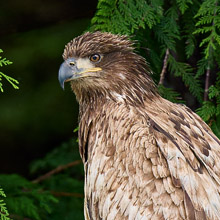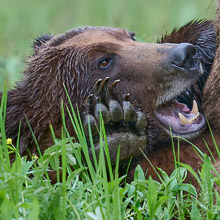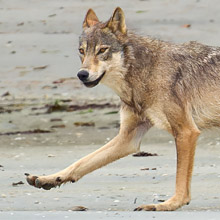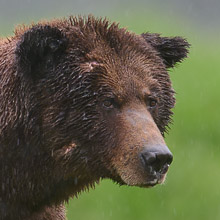Availability: Undetermined - Enquiries?
In the Field
Ouch! Careful on the Toes! Khutzeymateen Estuary, British Columbia, Canada. May 29, 2025.
Watching a pair of courting grizzlies when they're in the midst of their "wooing through tussling" phase can be just a ton of fun! We watched this pair of bears through the serious part of their courtship over multiple days - during that time we watched them cuddle, wrestle, sack out together, and get real aggressive in their sparring on more than one occasion. Here the female bear has decided that her best move was to chomp down on her partner's foot...and it's real apparent that she got the male bear's attention! 😉
I captured this image in late spring of 2025 during one of my "Grizzlies of the Khutzeymateen" photo tours. Most wildlife photographers that visit the Great Bear Rainforest come in the early autumn when the salmon are running and both black and grizzly bears congregate along streams and rivers to feast on protein- and energy-rich fish. But, if your goal is to photograph bears that are interacting with one another - including watching courtship rituals, males battling one another for dominance, cubs playing with one another (and their mom!) - spring is the time to visit the Great Bear Rainforest!
In 2026 I will be offering ONE spring photo tour into the Great Bear Rainforest - you can view all the gory details here: 8-Day Spring in the Southern Great Bear Instructional Photo Tour
In 2027 I'll be offering TWO spring Grizzlies of the Khutzeymateen photo tours (in the northern portion of the Great Bear Rainforest). While registration for these two photo tours isn't open yet, you can get first right of refusal on the limited number of spots right here: 2027 Priority Booking List.
Here's a larger version (4800 pixel) of these two playful ursids:
• Ouch! Careful on the Toes! Download 4800 pixel image (JPEG: 5.6 MB)
ADDITIONAL NOTES:
1. These images - in all resolutions - are protected by copyright. I'm fine with personal uses of them (including use as desktop backgrounds or screensavers on your own computer), but unauthorized commercial use of the image is prohibited by law. Thanks in advance for respecting my copyright!
2. Like all photographs on this website, these images were captured following the strict ethical guidelines described in The Wildlife FIRST! Principles of Photographer Conduct. As such, no baiting or any form of attractant was used and, as always, we attempted to minimize our impact on the ongoing behaviour of the subjects. I strongly encourage all wildlife photographers to always put the welfare of their subjects above the value of their photographs.
3. This image was captured during my Grizzlies of the Khutzeymateen Photo Op photo tour in late spring of 2025. Each year I offer photo tours into the Great Bear Rainforest and, every other year, photo tours into the Khutzeymateen Grizzly Sanctuary (to photograph grizzlies, of course!). Details about these trips can be found on the Photo Tours page of this website.
Behind the Camera
Ouch! Careful on the Toes! Khutzeymateen Estuary, British Columbia, Canada. May 29, 2025.
High Efficiency* Compressed RAW (NEF) format; ISO 1600.
Nikon Z 9 paired with Nikkor Z 400mm f2.8S @ 560mm (built-in TC engaged). Hand-held from a floating Zodiac inflatable boat. VR on in Sport mode. 3D-tracking AF area mode with subject detection on "Animal" mode.
1/3200s @ f4; +0.3 stop compensation from matrix-metered exposure setting.
At the Computer
Ouch! Careful on the Toes! Khutzeymateen Estuary, British Columbia, Canada. May 29, 2025.
Initial noise reduction and capture sharpening on the .nef (raw) file using the DeepPRIME XD2S algorithm of DXO PhotoLab 8.7 Elite (using the appropriate lens/camera optical module).
Subsequent adjustments to the adjusted linear DNG file (exported from PhotoLab) and conversion to 16-bit TIFF file (and JPEG files for web use) - including all global and selective adjustments - made using Capture One Pro (build 16.6.3). In the case of this image there were no global adjustments made. Selective local adjustments performed using Capture One Pro's layers and masking tools. In this case numerous small adjustments and minor tweaks were made on 2 separate layers, with the tweaks being associated with "exposure balancing" and contrast adjustments (such as adjustments to brightness, clarity, highlights, shadows, etc.).
Photoshop modifications included insertion of the watermark and/or text.
Conservation
Ouch! Careful on the Toes! Khutzeymateen Estuary, British Columbia, Canada. May 29, 2025.
Species Status in Canada*: Special Concern (May 2002).
While Grizzly Bears (Ursus arctos) are not technically listed as "Endangered" in Canada, they have been extirpated from most of their historical range. Grizzly Bears are far more sensitive to intrusion/disturbance in their habitat than are Black Bears and are being increasingly forced into marginal habitat by human encroachment. The Great Bear Rainforest along the central and northern coast of British Columbia is one of the last strongholds of the Grizzly Bear in Canada, and even this population is coming under increasing pressure.
On December 18, 2017 the government of British Columbia banned grizzly hunting across the entire province. This major conservation victory came after decades of tireless work by many dedicated conservationists and ecologists and, most importantly, it reflects the opinion of the vast majority of British Columbians. And, it means that AT LEAST while the current government remains in power grizzlies are finally "safe" in British Columbia.
Now that we've at least temporarily won the battle to save grizzlies in BC, it's time to re-focus our efforts toward protecting ALL of BC's carnivores, including Gray Wolves, Black Bears, Cougars, Wolverines, and more! Simply put, there are no ecological, economic, or ethical arguments supporting the trophy hunting of carnivores.
*as determined by COSEWIC: The Committee on the Status of Endangered Wildlife in Canada













